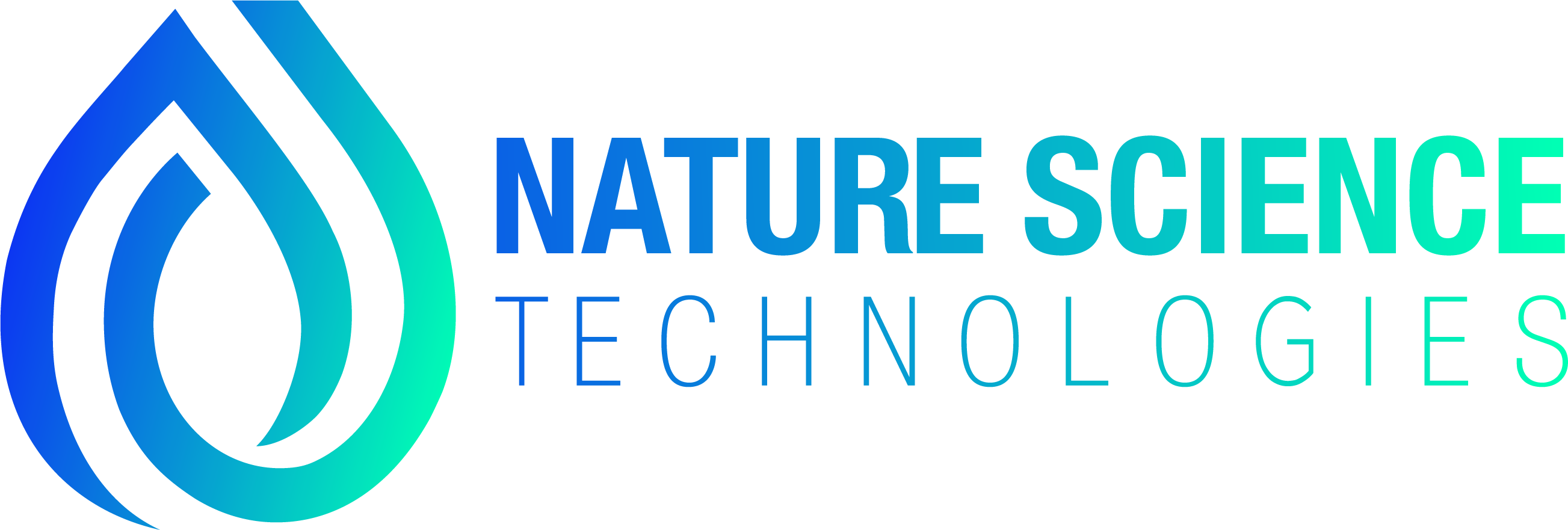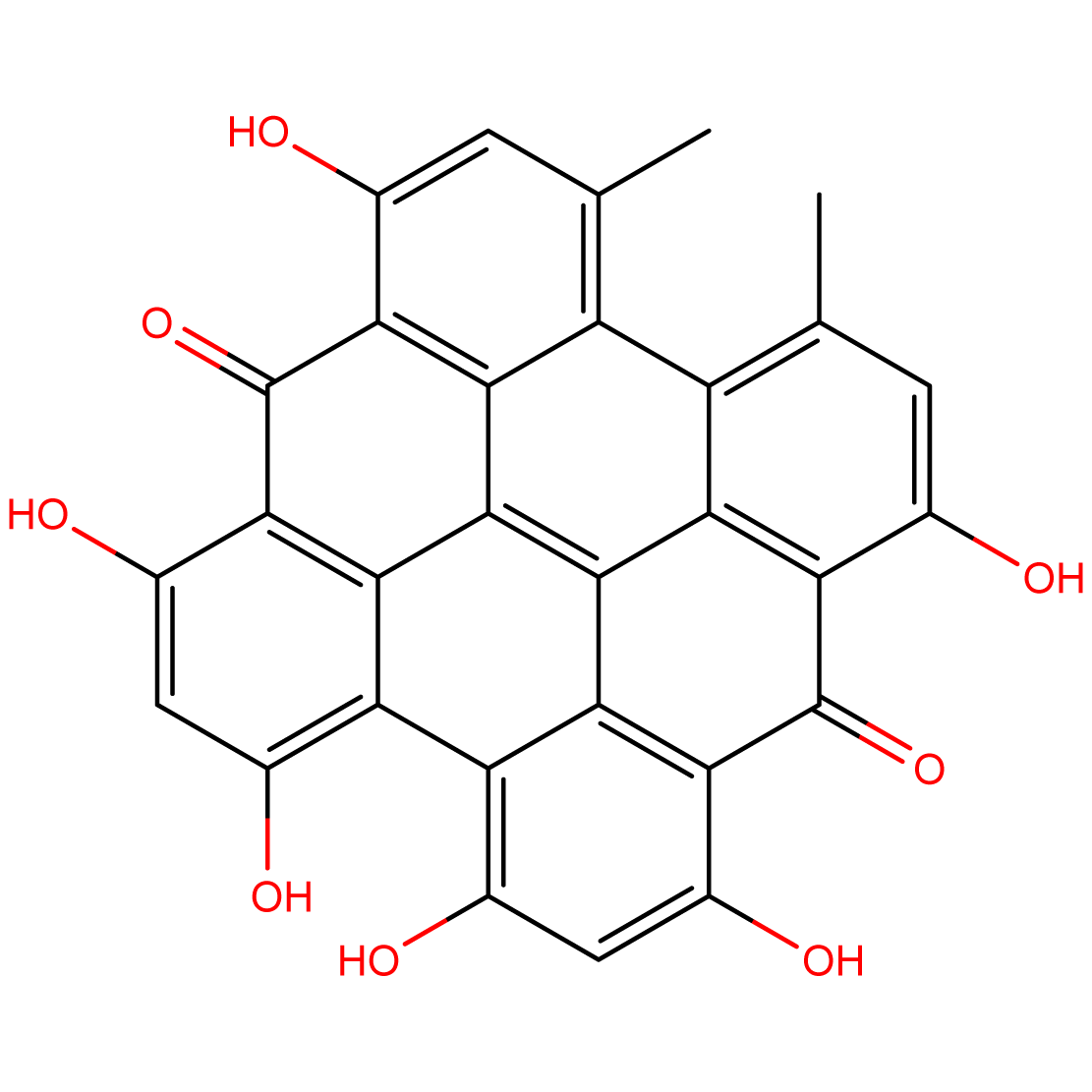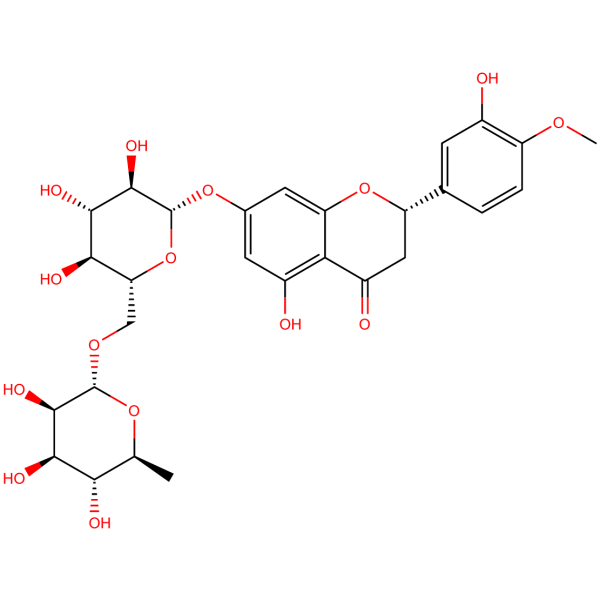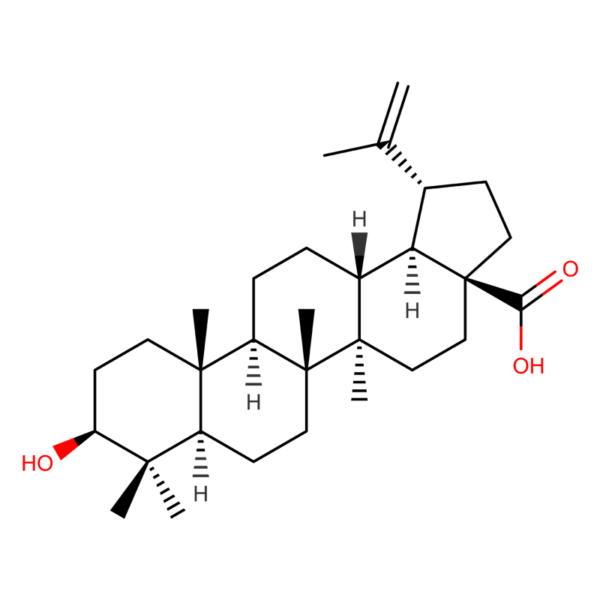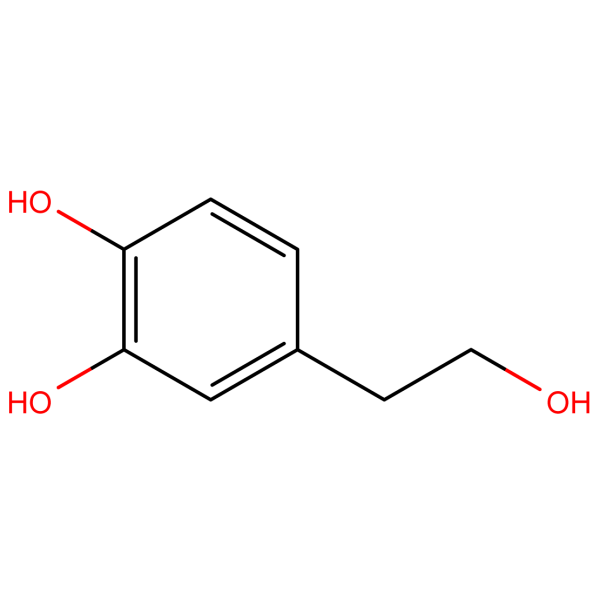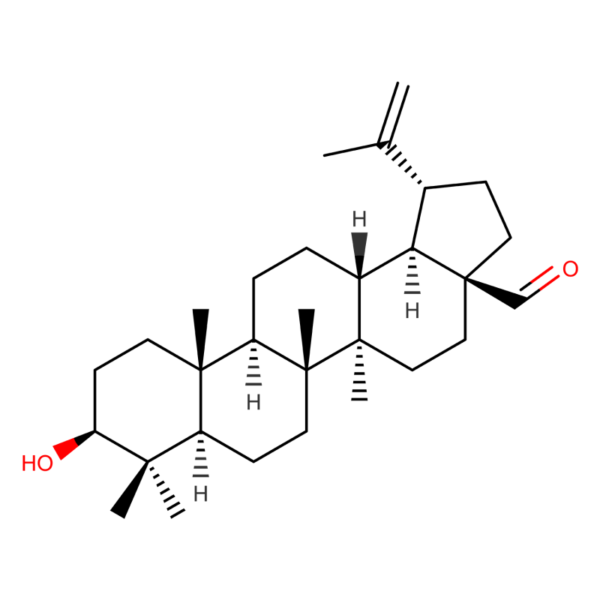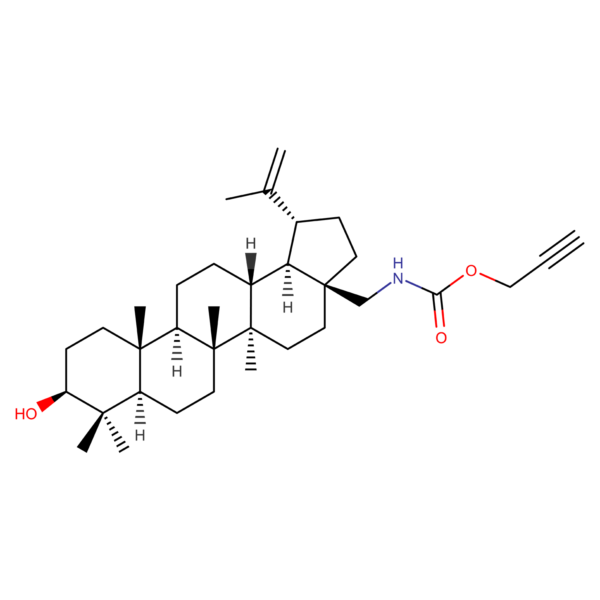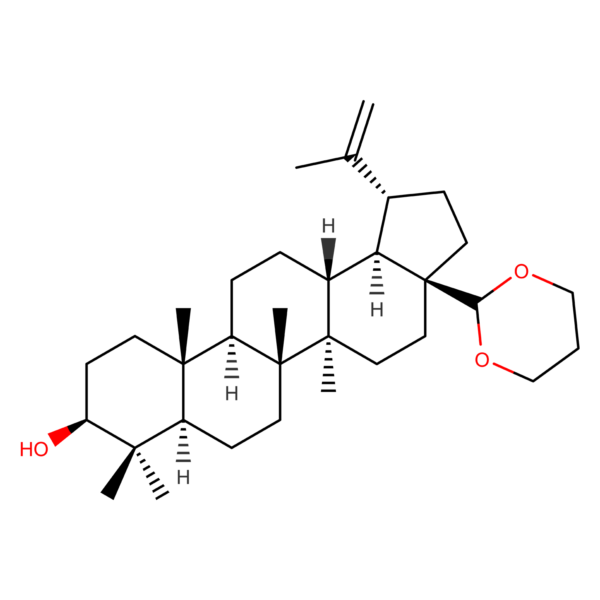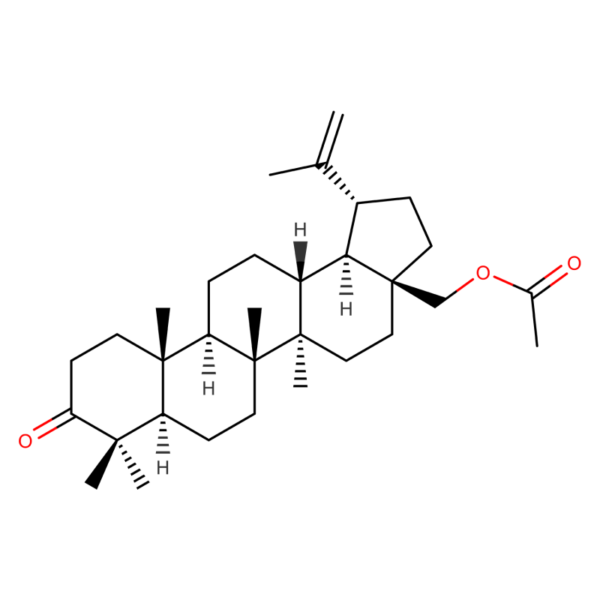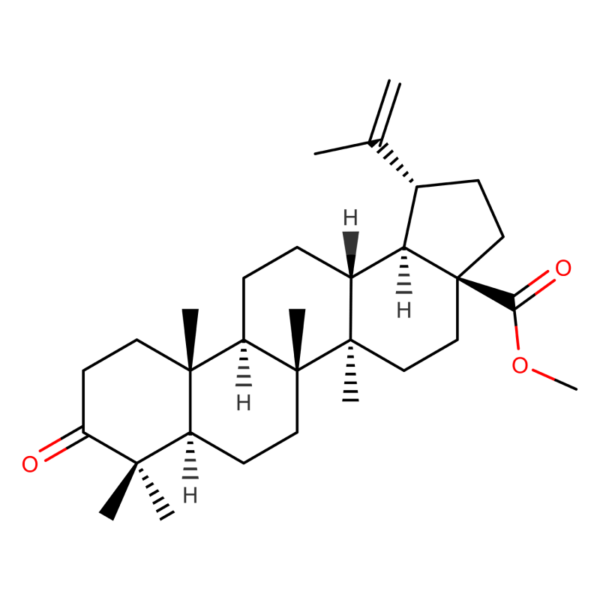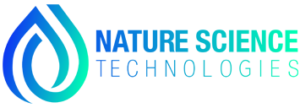Hypericin (548-04-9): Potent Naphthodianthrone for Advanced Biomedical Research
1. Molecular Identity
- Chemical Name: 4,5,7,4′,5′,7′-Hexahydroxy-2,2′-dimethylnaphthodianthrone
- CAS Number: 548-04-9
- Source: Naturally occurring in Hypericum species, particularly St. John’s Wort (Hypericum perforatum)
2. Biochemical Significance
Hypericin (548-04-9) is a naphthodianthrone compound with unique photodynamic properties. Its distinctive molecular structure contributes to its light-activated biological activities, making it a compound of significant interest in photodynamic therapy and neuropharmacological research.
3. Key Properties of Hypericin (548-04-9)
- Photosensitizer: Exhibits potent photodynamic activity when exposed to light
- Antidepressant: Demonstrates potential mood-enhancing effects
- Antiviral: Shows activity against various enveloped viruses
- Anticancer: Indicates promise in photodynamic cancer therapy
4. Potential Research Applications
- Photodynamic therapy studies in oncology
- Antidepressant and mood disorder investigations
- Antiviral research, particularly for enveloped viruses
- Neurodegenerative disease studies
5. Current Research Focus
Ongoing studies are investigating hypericin’s effects on:
- Various cancer types using photodynamic approaches
- Mechanisms of action in mood regulation
- Viral replication and infection processes
- Neurotransmitter systems and synaptic plasticity
6. Formulation Challenges and Innovations
Researchers are actively working on:
- Enhancing solubility and bioavailability
- Developing targeted delivery systems for improved efficacy
- Creating light-activated formulations for localized therapy
7. Regulatory Considerations
Hypericin (548-04-9) is primarily used in research settings. Its use in specific therapeutic applications, particularly in photodynamic therapy, would require comprehensive safety and efficacy evaluations to meet regulatory standards.
8. Future Research Directions
The scientific community anticipates:
- Advanced clinical trials for photodynamic cancer therapy
- Exploration of hypericin’s potential in neurodegenerative disorders
- Investigation of novel light-delivery methods for internal applications
9. Collaborative Opportunities
We invite oncologists, neuropharmacologists, virologists, and academic institutions to explore the research potential of hypericin. For inquiries, collaborations, or to discuss how this compound can benefit your research projects, please contact us at sales@nstchemicals.com.
Join us in advancing biomedical research with hypericin – a unique photosensitive compound at the intersection of photodynamic therapy and neuropharmacology.
